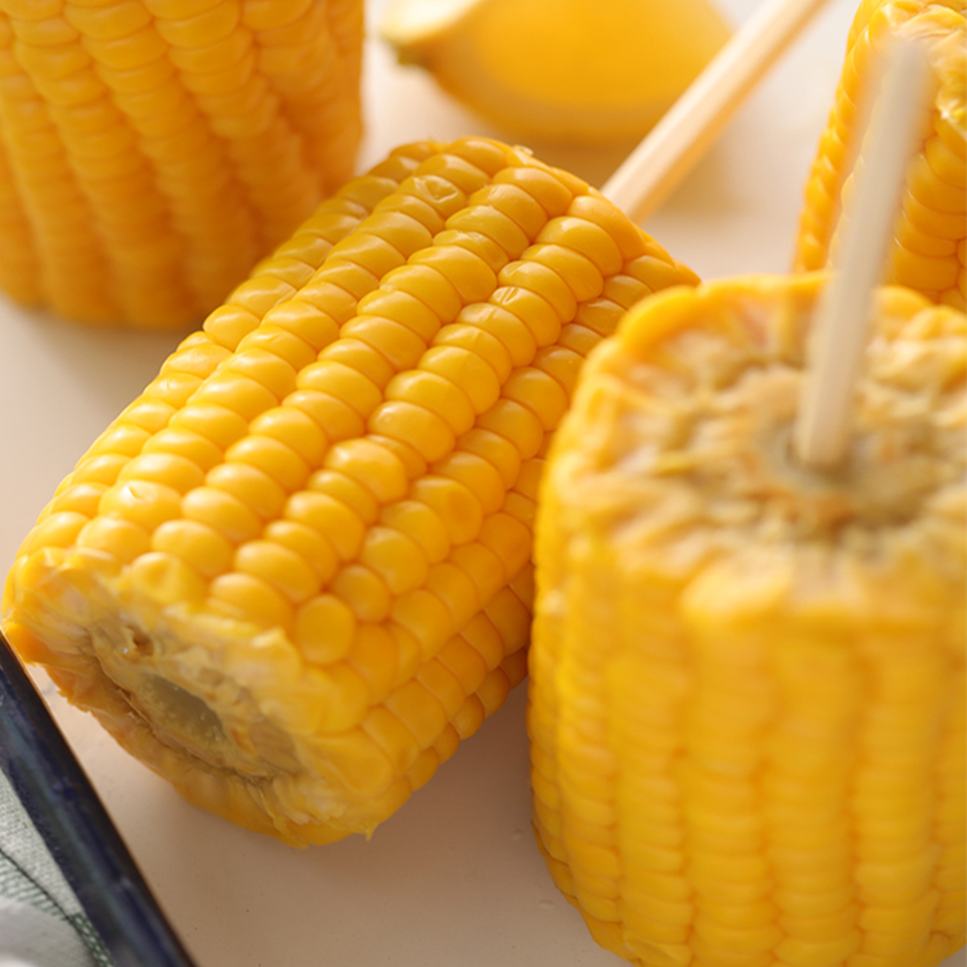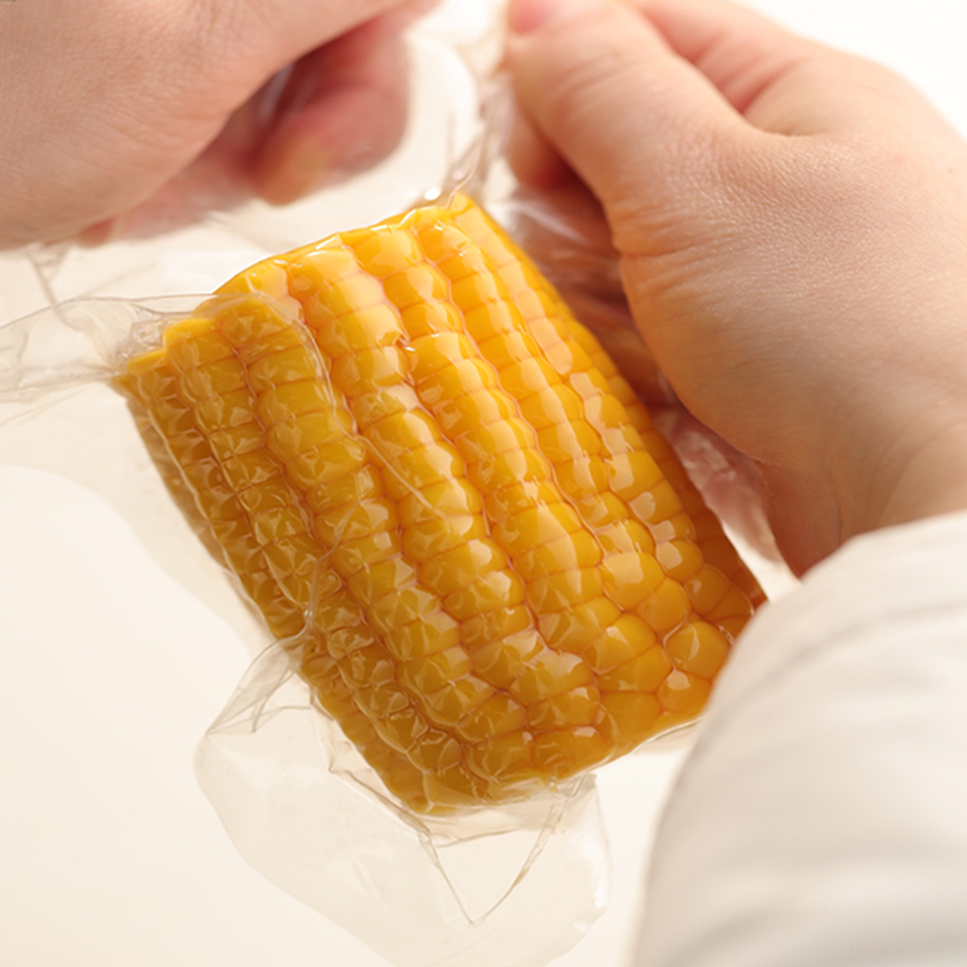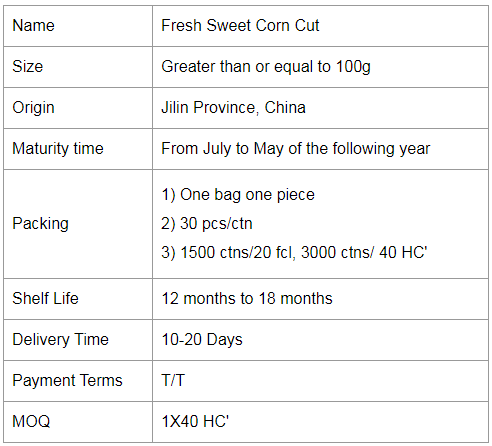Toona sinensis seedling raising technology
Citrus genus deciduous tree is a unique species of fast-growing trees in China. The young shoots are rich in nutrients, delicious in flavor and high in food value. They have become a good economic tree species in urban and rural areas. After many years of production practice, the author has carried out more in-depth research on the technology of seedling raising of Toona sinensis in order to promote the high quality and high yield of Toona sinensis. Toona sinensis nursery usually adopts two methods of sowing seedlings and burying root seedlings, which are introduced as follows. 1. Sowing seedlings (1) Seed-collecting: Citron generally begins to mature in 7-8 years, and seed collection should be selected as a strong mother plant with no pests and diseases, and 15-30 years old. The fruit should be changed from green to yellow-brown, and picking in time. After picking, spread on the mat for a few days, the pods will crack, the seeds will be released, the worms will produce impurities, and they will be put into the sack for storage. The germination rate of newly harvested seeds can reach more than 80%. (2) Choose nursery land and soil preparation. Choose sandy loam soil and land with good drainage and groundwater level of 1.5~2.5 meters. In the early spring, the oysters are made flat. They are 1 meter wide, 10 to 20 meters long and 30 centimeters wide. Apply 750 kg of composted soil-fertilizer per acre and 25 kg of phosphate fertilizer. Spray 1.5% of dimethoate powder and 90% of crystal trichlorfon at the same time. Apply 1 to 1.5 kg per mu. Turn it into the soil and flatten it. Irrigation once 5 to 7 days before sowing. (3) Seed germination treatment. 3 to 5 days before sowing, pour the pure seeds into warm water, stir for 5 minutes, soak for 12 to 24 hours, remove and rinse several times with clean water, put the seeds in a wet sack, and put them in a warm place to germinate every day. Rinse again with clear water, and when the seeds have 1/3 of the cracks reveal the tip of white buds, they can be taken out. (4) sowing. Usually in the middle or late March, the seed must be planted before the latest rain. Drilling is to open several planting belts, each 10 centimeters wide and 3 centimeters deep. Pour small water in the ditch. After soaking in the water, the seeds of the buds will be evenly scattered into the ditch, covering the fine soil 1 to 1.5 centimeters. The amount of seed used per acre is 2.25 kg and 6000 seedlings are produced. When the seedling grows 4 to 6 true leaves, the seedlings may be transplanted or transferred. 2. Buried seedlings (1) Collect roots. In general, at the end of November or between March and April, ditch 1 to 2 meters away from the main trunk and excavate the roots of 1 to 2 years old. The required thickness is between 0.5 and 1.5 centimeters, with fibrous roots, cut into lengths 15~ A root section of 20 centimeters is cut at the upper end into a flat mouth, and the lower end is cut into an oblique mouth. The root section is tied with 30 or 50 bunches. (2) root ear germination treatment. Digging pits in high ground, 80 cm deep and 100 cm wide, depending on the number of roots and spikes. The bottom of the pit is laid with 25 cm of clean and moist sand, and the roots and ears are bundled and bundled to stand in the pit. 2 to 3 cm gaps are left between the bales, filled with wet sand, then a layer of sand and a root Place it until it is 10 to 20 cm below the entrance. Every 1 meter in the pit is erected with a straw stalk to facilitate ventilation. Finally, the pit is covered with sand and covered with 1 to 2 cm of fine soil. Drainage trenches are dug around and the pit is to be cultivated into earth mounds before freezing. Regular pit inspection. Roots and spikes collected in early spring were buried in leeward sunny pits with a depth of 60 cm. The bottom layer was covered with 10 cm thick fine sand. The roots were placed in a 500 ppm naphthalene acetic acid solution. The bundles were erected on the sand and filled. Sand on top of the pit and flat, then covered with plastic film. The germination is completed soon and when 0.2~0.3 cm shoots grow on the root, they can be cut. (3) Cutting. After fertilizing soil in the nursery, a 20-25 cm high, 35 cm wide earth ridge is constructed. The distance from the ridge center line is 40-50 cm. The root spike is inserted into the middle and lower part of the soil ridge to the sun surface, and the plant spacing is 25-30 cm. , Roots cover the upper part of the ground 1 to 2 cm, drenched once along the furrows, conditions can be covered with plastic film. After the cutting, if the drought can be watered along the ditch. (4) Post-cut management. When the root and ear sprout, the hole in the mulch must be cut in order to facilitate the growth of the young shoots. The mulching of the mulching film should be 2 to 3 centimeters long, and a permeable water should be poured along the furrow, but the water should not be submerged in the root.
Corn are the expression of some anthocyanins produced by the photosynthesis of grains. Different anthocyanins cause different colors.
If you have any questions, please leave a comment on this website or contact us using email.
Creamed Corn Cut,Sweet Corn Cut,Cream Sweet Corn Cut,Fruit Corn Cut Jilin Province Argricultural Sister in Law Food Co., Ltd. , https://www.nscorn.com
There are some benefits of corn: 1. Corn can lower sugar;2. The high content of unsaturated fatty acids in maize is beneficial in preventing atherosclerosis, coronary heart disease, myocardial infarction and other diseases; 3. Corn whiskers have diuretic and hypotensive effects, lowering sugar.



